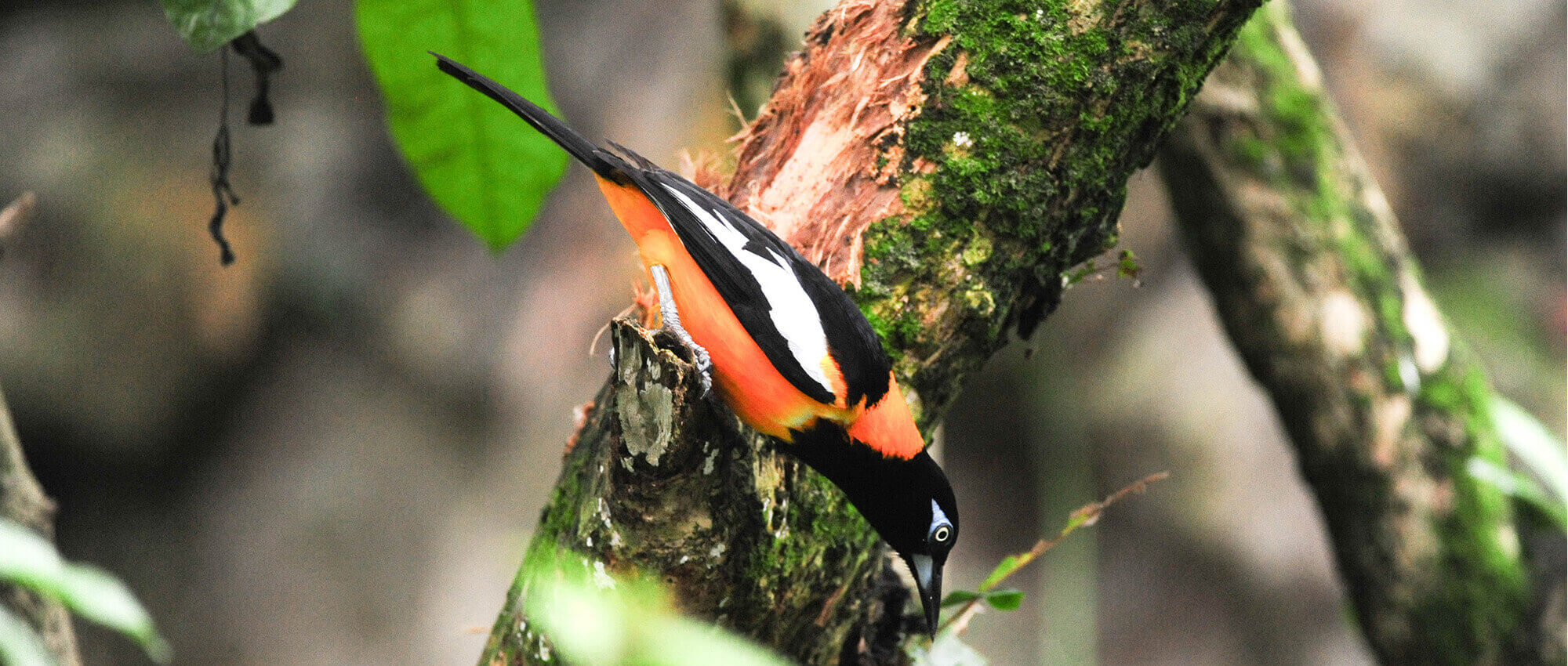
THE Venezuelan Troupial is SEEN in north and EAst of Colombia
el Turpial GUAJIRO vive en el NORTE Y este de COLOMBIA
Icterus icterus
The large Venezuelan Troupial (Icterus icterus) prefers dry edge habitats to those with heavy rainfall. It is found in areas of dry woodlands, llanos, arid scrub, or gallery forests. Found in altitudes from 0 to 500 m (1640 ft). Males sing most vividly in the early morning until late evening, while females sing less in response to a male's song. Yellow eyes with a patch of bright, blue, there is naked skin surrounding eyes. It has a long wedge-shaped tail and a dark, strong and bulky chisel-like bill. The head and upper breast are entirely black. It has an orange neck collar, separating the head from the back. The back and shoulders of the Venezuelan Troupial are black, and an orange-yellow color reaches over the lower back, rump and upper tail coverts. Wings are black with a patch of orange feathers on the upper extreme of the shoulder and a white band running lengthwise in a closed pattern. Underparts are orange from the belly to the feathers on the underside of its tail. Feeds on insects and plenty of fruit becoming a pest. Obligate parasites that violently steal the nests of other birds such as kiskadees and thornbirds and then eats their eggs or small birds. Posture consists of 3 to 4 eggs that are incubated for about 15 days.
El Turpial Guajiro o Toche prefiere más habitar en lugares secos que en húmedos de alta precipitación. Se lo encuentra en los bosques secos, llanos y regiones arbóreas. Su rango fluctua entre los 0 a 700 m sobre el nivel del mar. Común en los Llanos Orientales. Emite un melodioso y variado canto todo el dia. Las hembras cantan menos y responden al canto del macho. Tiene ojos amarillos y un contorno ocular de piel desnuda color azul brillante. Su pico de forma cónica o de cincel es fuerte y filudo. La cabeza y parte superior del pecho del Turpial Guajiro son completamente negros. El resto de su cuerpo presenta un plumaje de color naranja oscuro. Sus alas son negras y tienen una franja blanca que abarca cada ala cuando se cierran. Vive solo o en pareja. Se alimenta de insectos, semilla y fruta. Puede considerarse una peste en plantaciones de frutales como mango, papaya y otras frutas tropicales. Se adueña invadiendo nidos de otras aves, expulsándolas con violencia, y comiéndose sus huevos y crías. Incluye nidos del bichofué, caciques y otros tipos de turpiales. La postura es de 3 a 4 huevos color blanco con manchas rosadas y puntos cafés que son incubados durante 15 días.
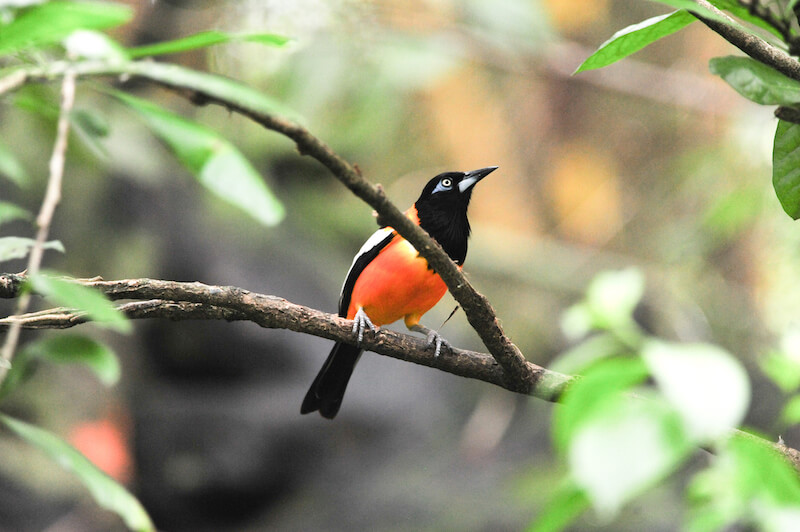
LM1_4872
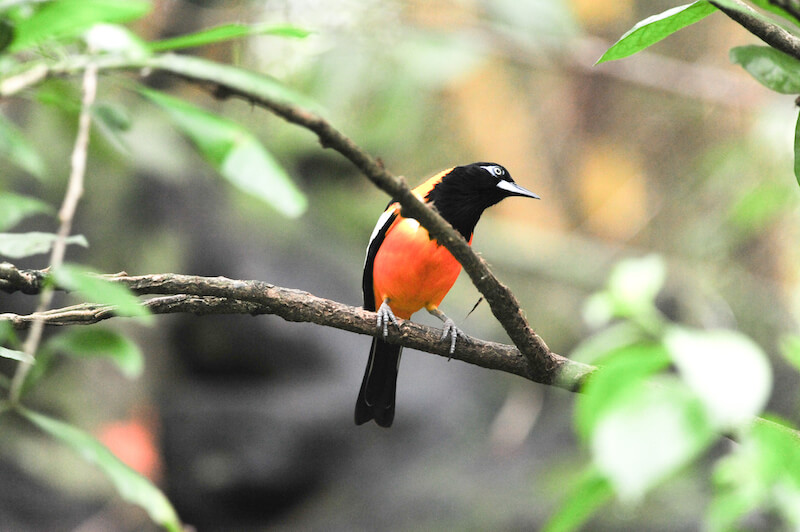
LM1_4874

LM1_6682

LM1_4876
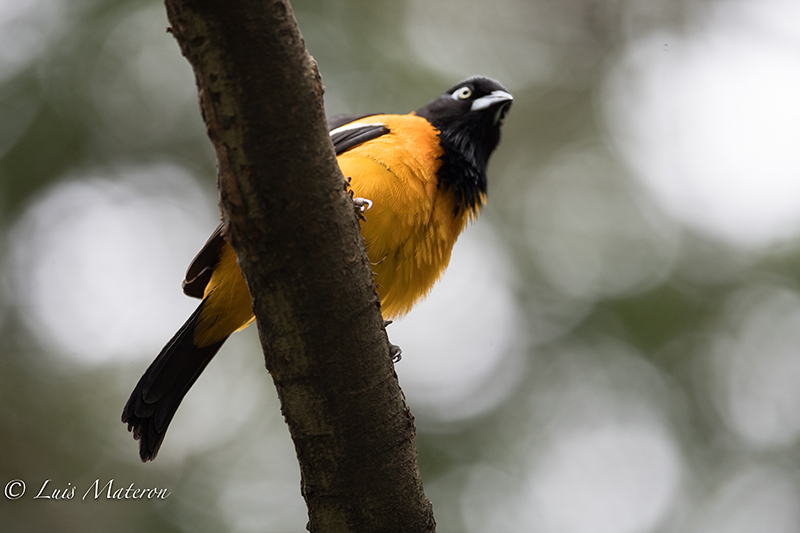
LM1_4878

LM1_4878
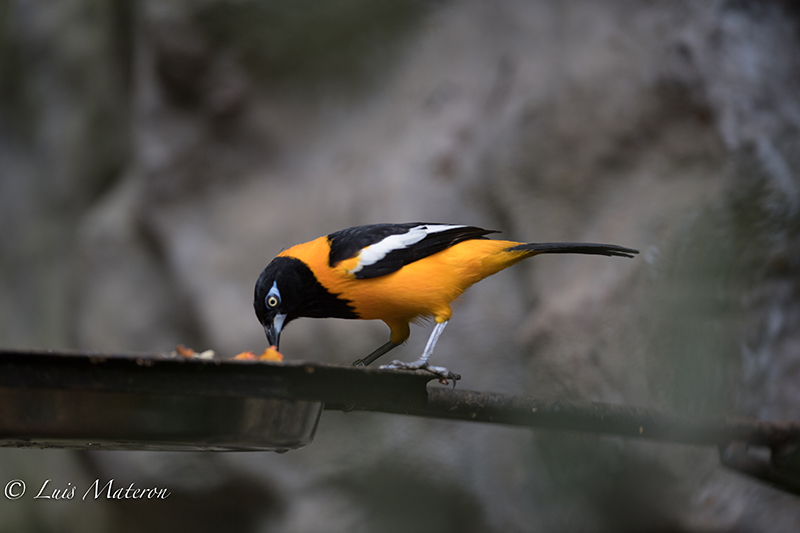
LM1_4876

LAM_4878
